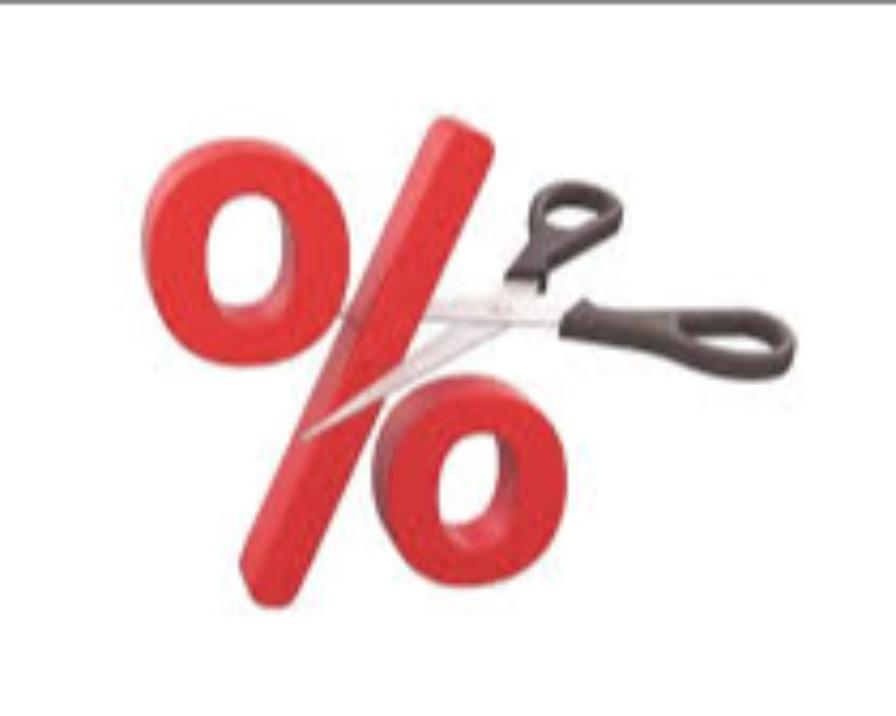In May, Japan's economy saw a significant spike in core inflation, reaching 3.7%, the highest level since January 2023. A major contributor to this surge was a sharp increase in rice prices, which more than doubled year-on-year, jumping by 101.7%. This dramatic rise in rice costs follows similar trends seen in the previous months, with April and March registering increases of 98.4% and 92.1%, respectively.
Rice, being a staple in Japanese households, plays a crucial role in the country’s consumer price index. The soaring prices prompted the government to release emergency stockpiles in an attempt to control costs and ease pressure on consumers. Despite these efforts, the spike continued, emphasizing the challenges faced by both policymakers and households in managing the rising cost of living.
Beyond rice, the broader inflation environment in Japan remains stubbornly high. Headline inflation came in at 3.5%, slightly lower than April’s 3.6%, but still well above the Bank of Japan’s (BOJ) long-standing 2% target. The “core-core” inflation rate, which removes both food and energy prices, rose to 3.3%, indicating widespread price increases beyond just volatile categories.
The Bank of Japan has maintained its key interest rate at 0.5%, opting to wait for clearer signs that underlying inflation is becoming more sustainable. The central bank’s governor, Kazuo Ueda, recently stated that future rate hikes will be considered when there is more confidence that inflation will consistently hover around or above the 2% mark.
Despite the persistent inflation, the BOJ has hinted at a possible easing of price pressures in the months ahead. It cited slowing economic activity as a factor that might moderate inflation. This is reflected in Japan’s gross domestic product (GDP), which contracted by 0.2% in the first quarter of the year, the first quarterly decline in a year. Weaker exports played a key role in this economic slowdown.
The BOJ also noted that while wage growth has been encouraging, the overall economic momentum may not be strong enough to support ongoing inflation without further policy support or demand strength.
As Japan navigates these challenges, the central bank faces a delicate balance—supporting growth while keeping inflation under control. With food prices like rice continuing to surge, the decisions it makes in the coming months could have wide-reaching implications for households, markets, and currency traders alike.



